Post Fukushima, Japan’s energy network has expanded dramatically to include thousands of small renewable power companies which create many small solar, wind, biomass, and geothermal plants.
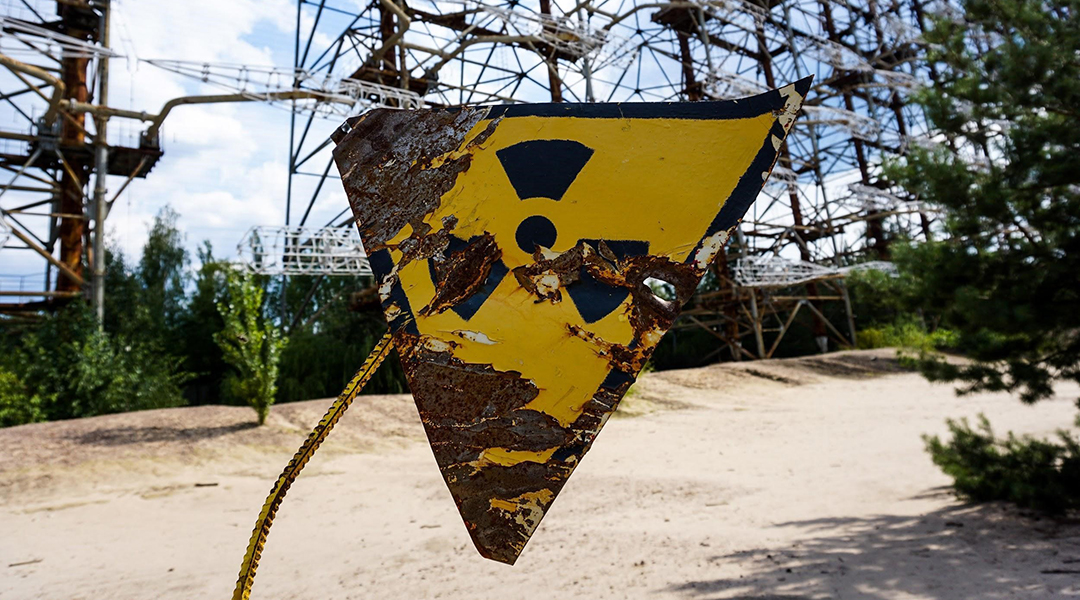

Post Fukushima, Japan’s energy network has expanded dramatically to include thousands of small renewable power companies which create many small solar, wind, biomass, and geothermal plants.

Implementing fully-inverter-based power systems on a large scale may be possible using wind and solar power.
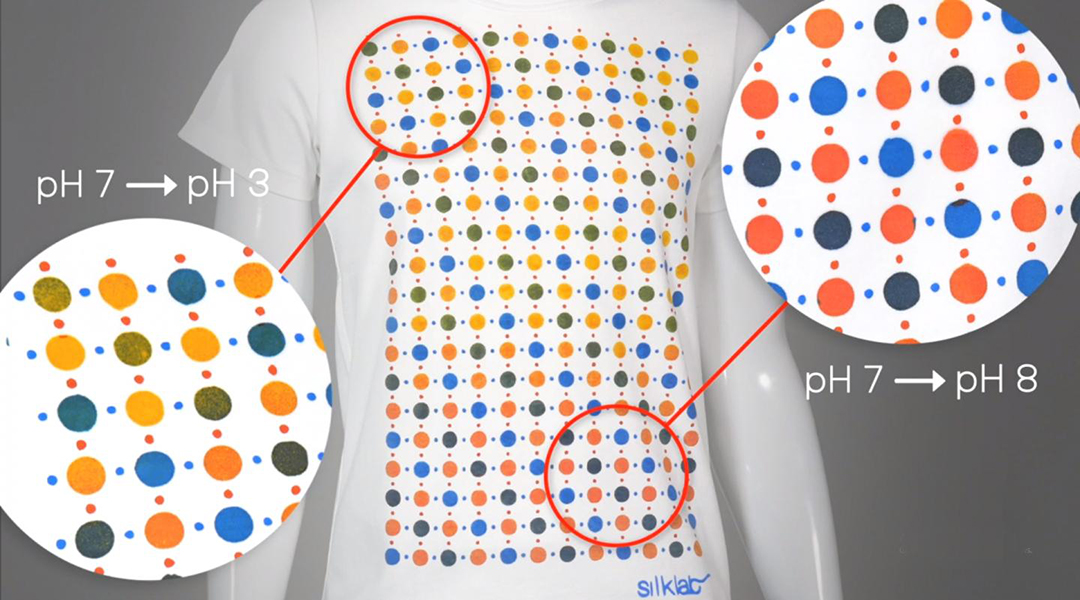
Bioactive inks printed on wearable textiles can map conditions over the entire surface of the body, including possible pathogens.
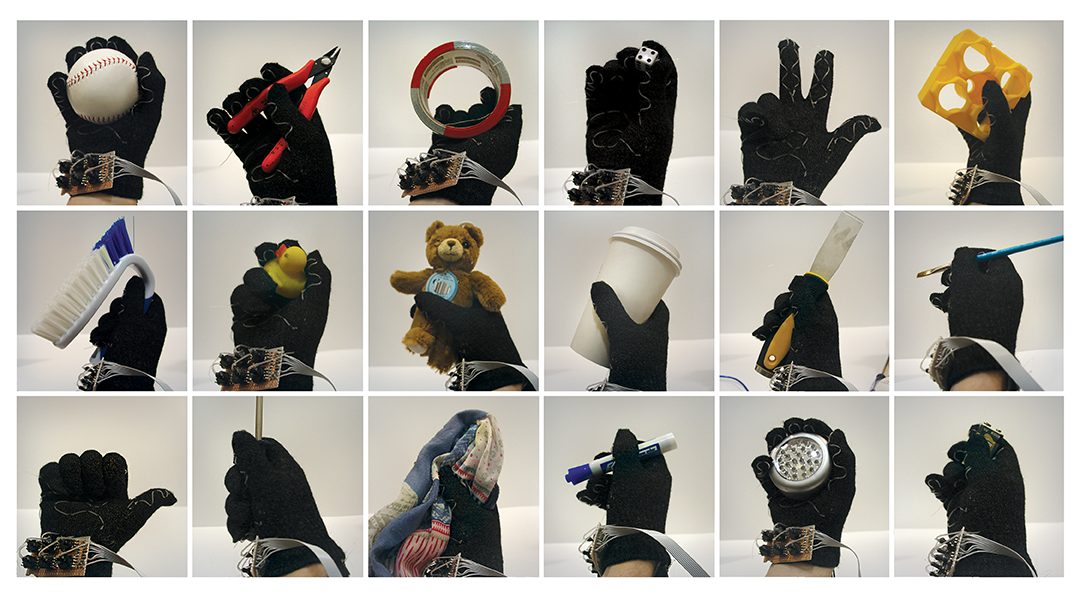
Using off-the-shelf components and simple fibre-based construction, a new smart glove captures the complex sensing and high-order reasoning of the human hand.
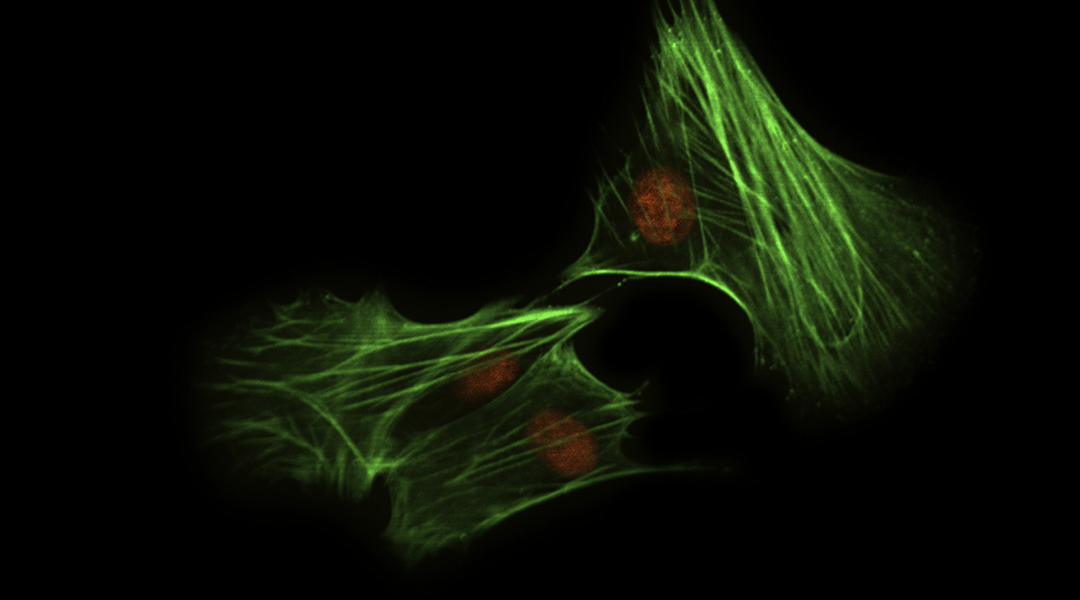
Scientists have developed a molecular shield that stabilizes near-infrared fluorescent dyes and enhances their functionality.

New quantum algorithms will have dramatic impact in computational molecular biology and bioinformatics and promise to impact a number of life science applications.

Scientists model the effects of spraying aerosols into the stratosphere and discover some unintended consequences.
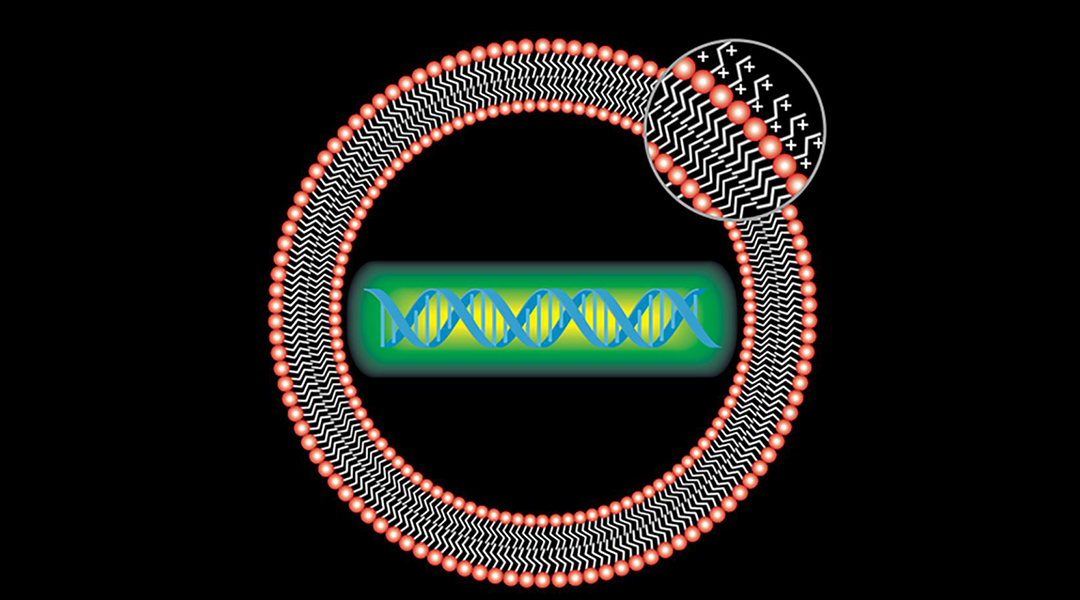
Lipitoids, which self-assemble with DNA and RNA, could serve as cellular delivery systems for antiviral therapies that prevent COVID-19 and other coronavirus infections.
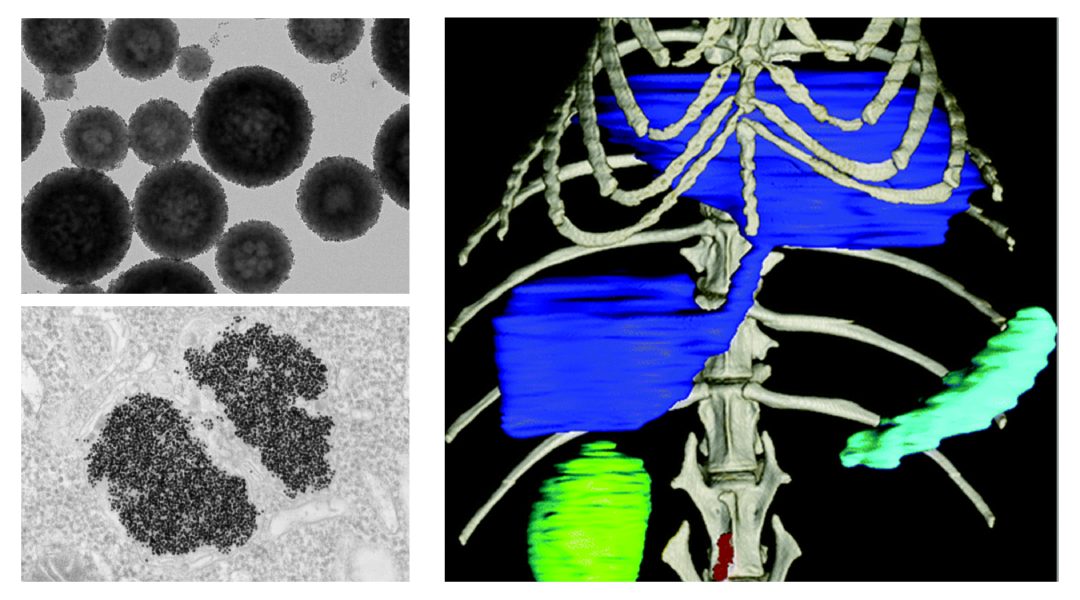
A new study explores how metal nanoparticles designed for new X-ray imaging technologies can improve the diagnosis of diseases, as well as understand the underlying cellular processes.

Two Swiss start-up companies have developed a process to generate aviation fuel from thin air in order to accelerate the industrialization of sustainable aviation fuels.